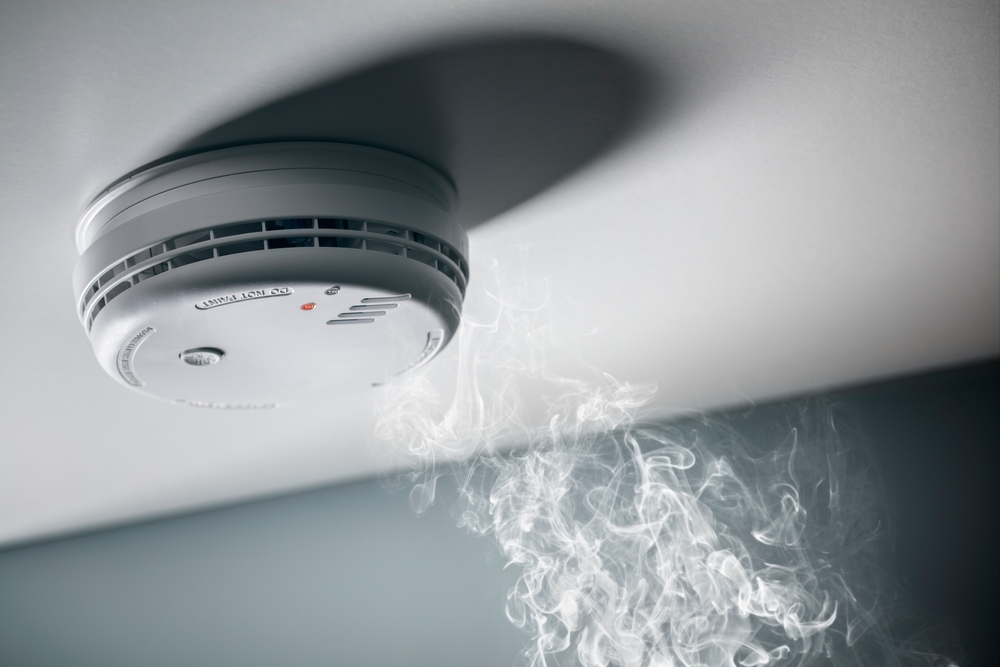Your Home, Your Safety: A Guide to Fire and Carbon Monoxide Prevention

Creating a safe home environment in Montana involves preparing for potential hazards unique to the region’s climate, infrastructure, and lifestyle. Fires and carbon monoxide (CO) incidents pose significant risks, especially in areas where cold winters drive the use of fireplaces, wood stoves, and heating systems. Understanding fire and carbon monoxide safety tips for homes in Montana can make the difference between a minor incident and a devastating tragedy. This comprehensive guide outlines practical strategies for homeowners, including a detailed home fire prevention checklist for homeowners in Western Montana, to help protect your family, property, and peace of mind.
Understanding the Risks: Fire and Carbon Monoxide in Montana Homes
Montana’s diverse geography and climate create unique safety challenges for homeowners. Long winters and heavy reliance on heating systems increase the risk of both fires and carbon monoxide poisoning. Wildfire-prone summers also pose dangers, especially for those living near forests and grasslands. Rural homes, common in Western Montana, often rely on wood-burning stoves and propane heaters, which can be both fire hazards and potential sources of CO leaks.
Carbon monoxide is a colorless, odorless gas that can be lethal if undetected. Montana sees heightened CO risks during the colder months when homes are sealed tightly for insulation, reducing ventilation. Heating systems, fireplaces, and gas-powered appliances contribute significantly to CO buildup when not properly maintained.
Statistics show that residential fires in Montana often stem from neglected heating equipment, faulty electrical wiring, and improper storage of combustible materials. Understanding these risks is the first step in crafting an effective prevention plan tailored to your household’s needs.
Building a Comprehensive Home Fire Prevention Plan
A proactive approach is the best defense against home fires. For homeowners in Western Montana, where fireplaces and wood stoves are common, a home fire prevention checklist for homeowners is essential. Start by inspecting heating appliances annually to ensure they meet safety standards. Have chimneys cleaned regularly to prevent creosote buildup, which is a leading cause of chimney fires.
Electrical safety is equally critical. Many Montana homes, especially older ones, have outdated wiring that cannot handle modern electrical demands. Avoid overloading circuits, replace frayed cords, and have licensed electricians assess your system’s capacity. Ensure that all smoke alarms are tested monthly and that batteries are replaced at least once a year. Installing interconnected alarms across different levels of your home provides an added layer of security, ensuring everyone is alerted if danger arises.
For homes with attached garages, exercise caution when storing flammable materials such as propane, gasoline, or cleaning chemicals. Store them in well-ventilated spaces away from heat sources. Keep fire extinguishers readily accessible in kitchens, garages, and near fireplaces, and ensure everyone in your household knows how to operate them.
Carbon Monoxide Safety: Protecting Your Household
When temperatures drop in Montana, carbon monoxide exposure risks increase significantly. Following reliable fire and carbon monoxide safety tips for homes in Montana can prevent potentially fatal situations. Begin by installing CO detectors on every level of your home and outside all sleeping areas. Choose detectors with digital displays for real-time readings, and replace them according to manufacturer recommendations, typically every five to seven years.
Routine maintenance is crucial. Schedule annual home inspections for your furnace, water heater, and any gas-powered appliances to ensure they are functioning safely. If you rely on wood stoves, verify that ventilation systems are intact and free of blockages. Proper airflow is essential for preventing CO buildup, especially in tightly sealed homes designed to conserve heat.
Never use outdoor appliances such as grills, generators, or portable heaters inside your home or garage. These devices emit high levels of CO and can quickly create hazardous conditions in enclosed spaces. Additionally, if your home experiences frequent power outages during Montana’s harsh winters, consider investing in a professionally installed standby generator, which is safer than improvised heating methods.
Educate all household members on the signs of CO poisoning, including dizziness, headaches, nausea, and confusion. If symptoms arise, leave the home immediately and call emergency services. Early recognition and response can save lives.
Adapting Safety Strategies for Western Montana Homes
Western Montana homeowners face distinct challenges due to the region’s combination of wildfire-prone summers and freezing winters. This makes it essential to create a tailored safety plan that considers seasonal risks. During wildfire season, keep your property defensible by clearing brush, maintaining a perimeter free of combustible debris, and following county-issued burn bans. Have an evacuation plan ready, including designated routes and emergency supplies.
Winter preparation focuses on heating efficiency and ventilation safety. Ensure chimneys and flues are properly sealed to prevent drafts and CO leaks. In remote areas where emergency response times may be delayed, consider additional safety measures such as heat-resistant insulation around wood stoves and dual-purpose detectors that monitor both smoke and CO levels.
For homes relying on propane tanks or natural gas systems, schedule professional inspections to check for leaks or corrosion, which are common in Montana’s variable climate. Rural homeowners should also maintain backup heat sources, such as properly certified space heaters, to reduce risks during extended power outages while keeping safety as the top priority.
These region-specific practices, combined with a consistent home fire prevention checklist for homeowners, create a resilient approach to protecting your family and property year-round.
Prioritizing Safety for Peace of Mind
Safeguarding your home in Montana requires awareness, preparation, and regular maintenance. From understanding seasonal fire risks to installing reliable CO detectors, each step you take enhances the security and comfort of your household. By adopting fire and carbon monoxide safety tips for homes in Montana, you can significantly reduce the likelihood of emergencies while ensuring swift responses if they occur.
Your home is more than just a structure—it’s where your family lives, gathers, and creates memories. Protecting it begins with informed decisions and proactive habits. Whether you live in bustling Missoula or the remote valleys of Western Montana, a thorough home fire prevention checklist for homeowners, combined with a commitment to safety practices, empowers you to face Montana’s environmental challenges with confidence.
